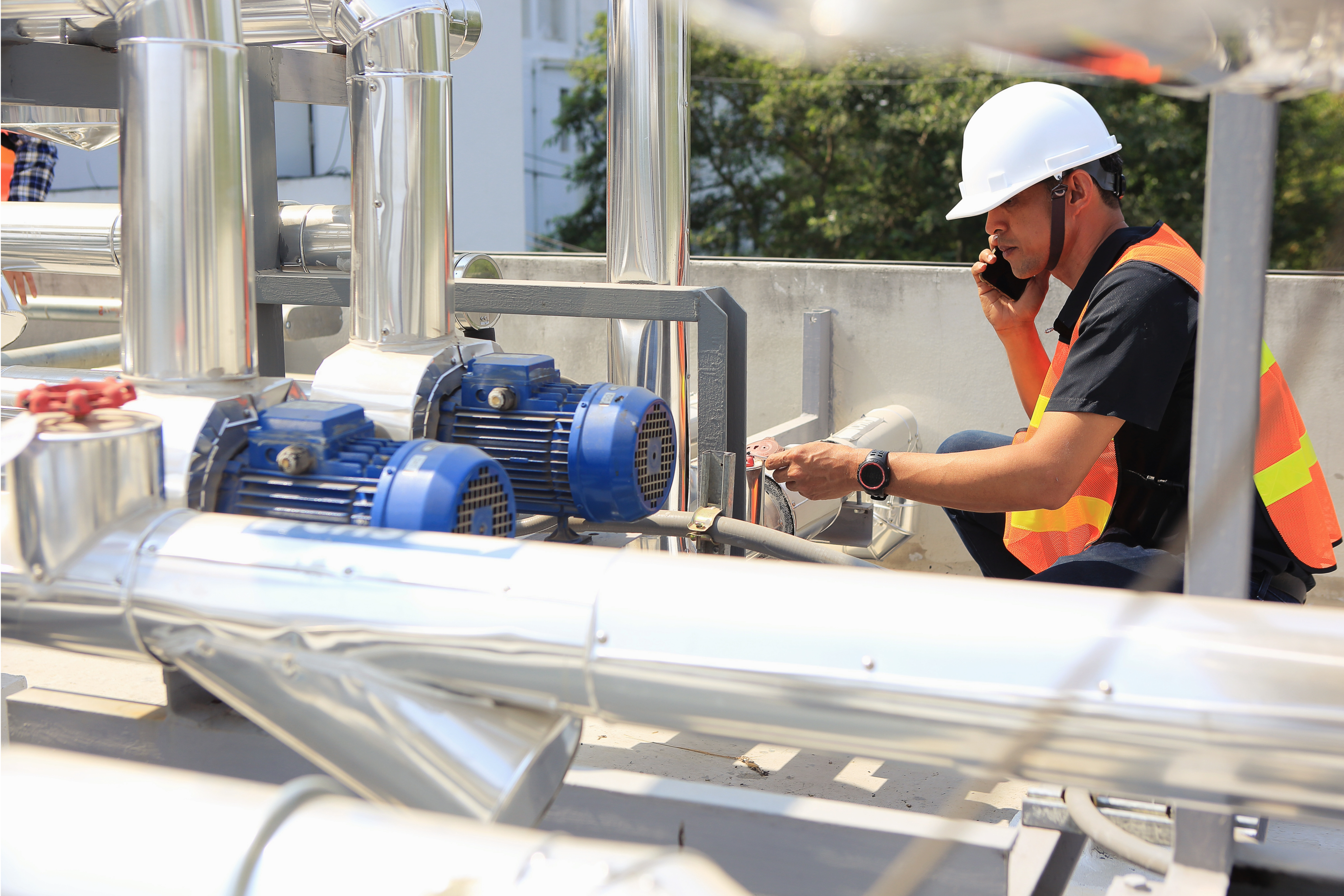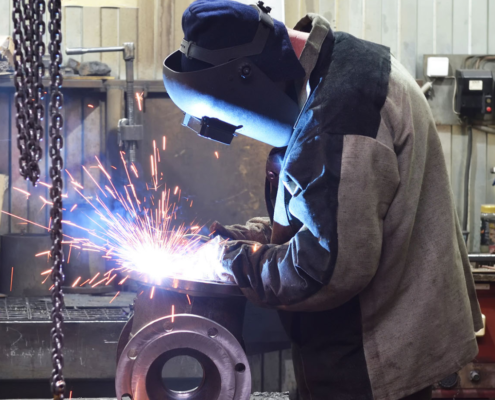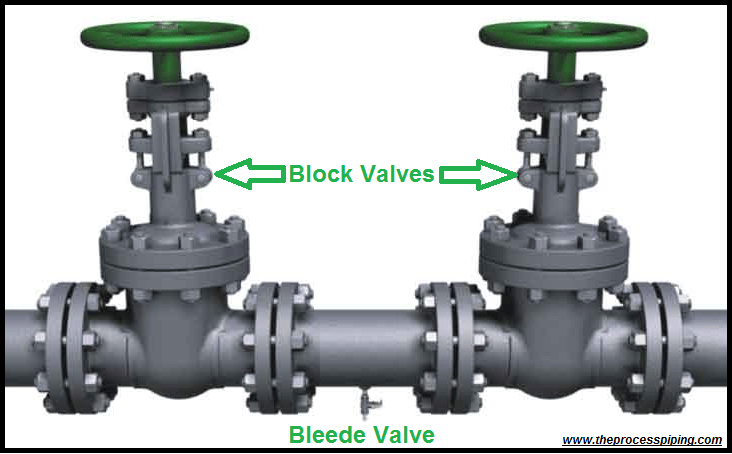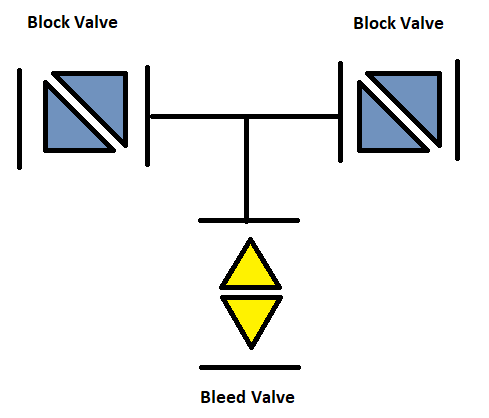 https://www.pioneerindustrial.com/wp-content/uploads/2023/09/Actuator-Repair_BLOG-Image-1.png
3840
5760
Karrie Williams
https://www.pioneerindustrial.com/wp-content/uploads/2020/12/Pioneer-Logo-Color-min.png
Karrie Williams2023-09-18 17:09:582023-09-18 17:25:55The Benefits of Actuator Repair Over Replacement
https://www.pioneerindustrial.com/wp-content/uploads/2023/09/Actuator-Repair_BLOG-Image-1.png
3840
5760
Karrie Williams
https://www.pioneerindustrial.com/wp-content/uploads/2020/12/Pioneer-Logo-Color-min.png
Karrie Williams2023-09-18 17:09:582023-09-18 17:25:55The Benefits of Actuator Repair Over ReplacementIn reference to the headline, the short answer is: yes. The slight variation in acronyms is resemblant of the slight variation in the valves themselves. DBB and DIB valves are often interchangeably mistaken, and sometimes even considered to be the same. This misconception has long been in the industry, and the distinction is still not as clear as we’d like to see.
It’s important to clear up these misunderstandings; process designers and engineers need to know what they are putting into their systems. Furthermore, technicians and maintenance teams need to know this information too. When they do, they know exactly what to expect from their equipment in terms of performance and safety in the field. If not properly specified, there is a risk of misunderstanding reliability and safety of a given seal in an operation.
The Short and Sweet Distinction
First, the two valves under discussion:
- DBB – Double Block and Bleed Valve
- DIB – Double Isolation and Bleed Valve
In the most basic terms, the difference between a DBB and DIB valve comes from the type of function the valve seat gives. With a ball valve seat there are two functions here to consider. The API (American Petroleum Institute) defines the functions as such:
Unidirectional Sealing Seat – has a single-piston effect. This means only flow in one direction (typically from upstream) will create a sealing effect between the seat and ball.
Bidirectional Sealing Seat – has a double-piston effect (DPE). This means the pressure from the flow, either upstream or downstream, will have the effect of tightening the seal of the seat to the ball.
Simply put:
- A Double Block and Bleed Valve (DBB) is one that blocks pressure, but also allows the cavity of the valve body to bleed that pressure if necessary.
- A Double Isolation and Bleed Valve (DIB) uses bidirectional seats to isolate the pressure from each upstream, downstream, and valve cavity.
Do note, however, that there are some alternative DBB and DIB configurations we will mention in a moment.
Hydrogen gas is also produced and sold by various chemical plants, which derive it as a by-product from their chemical processes. Because it’s a fuel source, the fact that it is already embedded in various process industries is potentially useful. In fact, many refineries either import the product from sellers or utilize their own recycled by-product.
This concept can also be applied to other areas in energy generation. Consider the potential of harnessing the electricity produced from tidal energy. What else is present during the harnessing of tidal energy? Water, of course! Since tides are intermittent in nature, it could make sense to use the downtime, energy, and abundant water for hydrogen gas generation.
Of course, these are just a few examples used by various industries when hydrogen fuel production is concerned.
Practical Distinctions
Now we know the technical definitions of the two valves. We also know that they essentially use different valve seats for their sealing functions. So, what are the practical implications of either one? Let’s take a closer look at them, one at a time.
DBB Valves in Use
Double Block and Bleed valves, despite having unidirectional sealing seats, provide a very reliable sealing capability. This sealing is necessary to isolate sections of processes or important pieces of equipment. In the case of upstream seat damage, pressure buildup in the cavity of the valve body will “bleed” out the downstream seal. This relieves pressure unless an alternative bleeding valve is applied to that valve body. This allows the valve body to be protected from overpressure itself. Of course, this is not desired in especially dangerous applications or ones in which flow contamination would be a critical issue.
DIB Valves in Use
Double Isolation and Bleed Valves, as the name implies, are the go-to solution when absolute isolation is needed. For example, in situations such as:
- A section of process is under maintenance and extremely high pressure/temperature fluid is in the upstream flow
- In food and beverage industries where shutoff is required, and any kind of contamination between upstream and downstream flow must be avoided.
There is any issue to be solved here. The valve body cannot relieve itself of pressure buildup because there is no bleeding function used in the seats. The upstream seat risks damage or leaks, and pressure builds up within the valve body. So, an alternative bleeding method, built into the valve body, is necessary to prevent further pressure buildup and potential valve body damage.
When security is needed in process shut off, for either safety or product contamination purposes, a DIB valve may be the most efficient solution. That’s why a DIBs are often used in food/beverage applications and volatile applications like oil, gas, and steam.
Alternative Solutions and Hybrids
As mentioned earlier, there are some alternate configurations of the basic definitions discussed in this article. Let’s take a moment to cover them and clear up any confusion.
For starters, there is a specified DIB-2 configuration that, rather than using two double piston action seats, uses one seat of each type: a single piston action seat on the upstream and a double piston action seat on the downstream. So why use this configuration? It provides the downstream capability of a DIB, for one. Moreover, it allows cavity pressure to bleed back toward the upstream in the event of overpressure.
Double Block and Bleed & Double Isolation and Bleed Valves can sometimes be composed of a configuration that is three valves in one. In this case, it is two blocking or isolation valves and one bleed valve. This piece of equipment is used for:
- Shutting off sections of a process,
- Draining the closed section via bleed valve,
- And then closing off the second block valve to further isolate the system.
While this doesn’t mention the seats of the valves like our previous definitions, it is an often-utilized configuration and is sometimes referred to by the same names.
Wrapping It Up
A DBB valve solution may be suitable when: you want to block pressure from one side, on both the upstream and downstream, but also allow overpressure bleeding from inside the valve cavity. Alternatively, you may opt for a DIB valve when: you need ultimate “isolation” of the upstream, downstream, and valve cavity from each other when the valve is shut.
Hopefully, this quick overview of DBB and DIB valves gives you a better understanding of terminology and practical applications. As always, consult your product experts for further information, clarification, or for finding a solution specific to your processes. They can help you to navigate the (sometimes) overwhelmingly vast options in the world of process control and safety technologies.
 https://www.pioneerindustrial.com/wp-content/uploads/2023/09/Actuator-Repair_BLOG-Image-1.png
3840
5760
Karrie Williams
https://www.pioneerindustrial.com/wp-content/uploads/2020/12/Pioneer-Logo-Color-min.png
Karrie Williams2023-09-18 17:09:582023-09-18 17:25:55The Benefits of Actuator Repair Over Replacement
https://www.pioneerindustrial.com/wp-content/uploads/2023/09/Actuator-Repair_BLOG-Image-1.png
3840
5760
Karrie Williams
https://www.pioneerindustrial.com/wp-content/uploads/2020/12/Pioneer-Logo-Color-min.png
Karrie Williams2023-09-18 17:09:582023-09-18 17:25:55The Benefits of Actuator Repair Over Replacement
Common Control Valve Problems and How to Fix Them
Control Valves, Industrial Valves, Valve Maintenance





